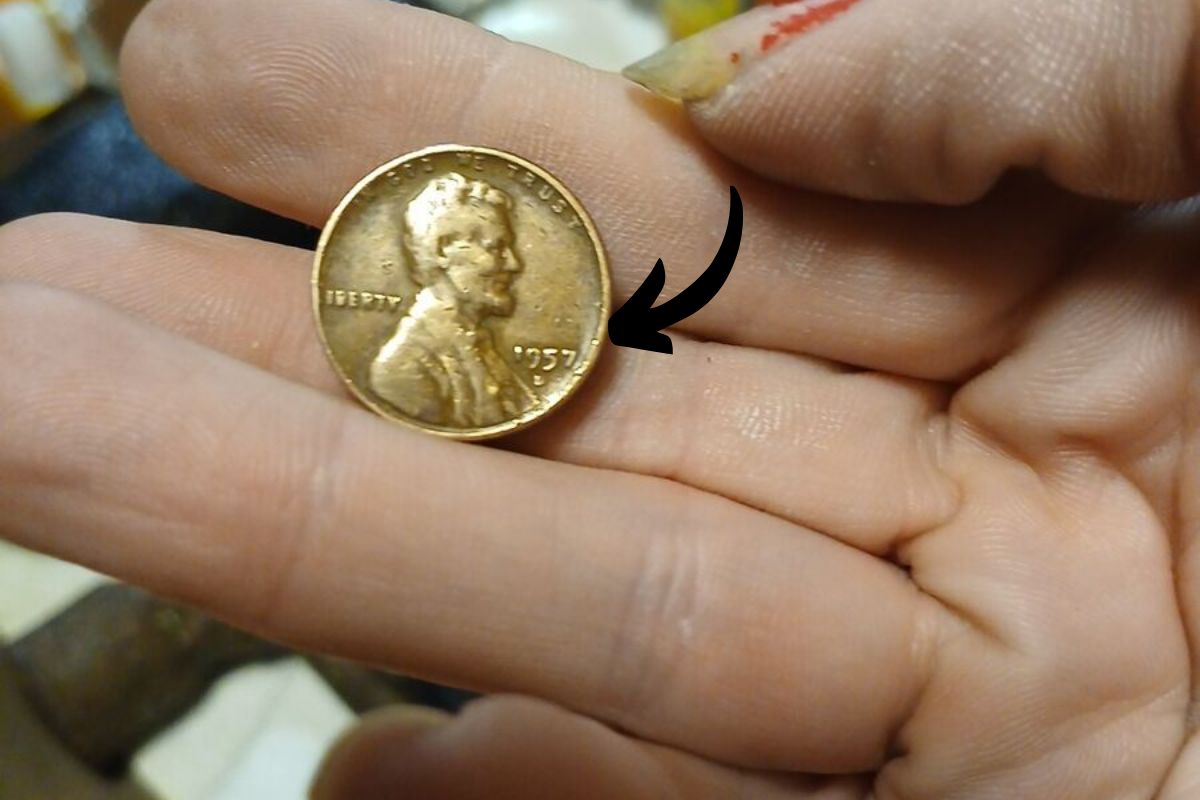What if a simple penny lying in your wallet could be worth $88 million? Sounds unbelievable, right? But for coin collectors, this is a reality. The rare Lincoln Wheat Penny has become a sensation due to its historical significance and staggering value.
While most pennies won’t fetch more than a few cents, some of these rare coins are worth millions—and they could still be in circulation.
What Is the Lincoln Wheat Penny?
The Lincoln Wheat Penny, also called the Wheat Cent, was minted by the U.S. government from 1909 to 1958. Designed by Victor D. Brenner, it features a portrait of Abraham Lincoln on the front (obverse) and two wheat stalks on the back (reverse).
The coin was created to honor Lincoln’s 100th birth anniversary. These coins were widely circulated but have become rare, especially certain variants and error coins.
What Makes the Lincoln Wheat Penny Worth $88 Million?
1. The 1943 Copper Penny: A Minting Mistake
The most famous and valuable Lincoln Wheat Penny is the 1943 copper penny. In 1943, the U.S. Mint switched to using steel-coated zinc for penny production to save copper for World War II efforts.
However, a few pennies were accidentally struck on leftover copper planchets (metal discs used for coins). This error produced an extremely rare batch of 1943 copper pennies.
Most of these rare pennies have been found and sold for millions, but a few are still unaccounted for. The last known sale of one fetched $1.7 million, and experts believe the right specimen in pristine condition could be valued as high as $88 million, especially if auctioned.
2. Rarity Drives Value
With only a handful of 1943 copper pennies known to exist, their rarity plays a significant role in driving up their value. Coins that were produced in limited quantities, especially with errors, are highly sought after by collectors and investors.
3. Historical Significance
The Lincoln Wheat Penny carries historical value because it marks an important era in U.S. history. Collectors see it as more than just a coin—they see it as a connection to America’s past, particularly during pivotal times like World War II.
How to Identify a Rare Lincoln Wheat Penny
Finding a rare Wheat Penny requires a sharp eye. Here are some things to watch for:
1. Check the Year
The most valuable Lincoln Wheat Pennies come from specific years:
- 1943 Copper Penny: The holy grail of Wheat Pennies, this coin shouldn’t exist, making it extremely valuable.
- 1909-S VDB: This was the first year of production, and pennies with the “S” mint mark and “VDB” initials are highly valuable.
- 1914-D: Another rare year, especially in good condition.
2. Test the 1943 Penny with a Magnet
Most 1943 pennies are made of steel, which is magnetic. If you have a 1943 penny that doesn’t stick to a magnet, it could be the rare copper version.
3. Look for Mint Marks
Check for “S” or “D” mint marks, which indicate the coin was minted in San Francisco (S) or Denver (D). Some of these mint marks, combined with specific years, can increase the coin’s value.
Can You Still Find an $88 Million Penny in Circulation?
Yes, it’s possible—though the odds are slim. Some of these rare Wheat Pennies could still be hidden in old coin rolls, jars, or collections. Estate sales, flea markets, and bank rolls are good places to search. Even if you don’t find the $88 million penny, many other Wheat Pennies are worth hundreds or thousands of dollars.
What Should You Do If You Find One?
If you think you’ve discovered a valuable Lincoln Wheat Penny, follow these steps:
- Get It Evaluated: Consult a trusted coin dealer or a professional grading service like PCGS (Professional Coin Grading Service) or NGC (Numismatic Guaranty Company).
- Grade the Coin: Coins are graded based on their condition, ranging from heavily worn to mint state. Higher grades increase the coin’s value.
- Sell at Auction: Rare coins fetch higher prices at auctions, where experienced collectors and investors compete for ownership.
Why Collectors Are Fascinated by the Lincoln Wheat Penny
The idea of finding a penny worth millions excites collectors and history enthusiasts alike. Many view these coins as investments, while others simply enjoy the thrill of discovering hidden treasure. Even beyond their monetary value, Lincoln Wheat Pennies symbolize a piece of America’s legacy.
So, whether you’re a seasoned collector or just someone curious about coins, it’s always worth checking your change—you never know what you might find.
The Lincoln Wheat Penny, with its rich history and rare variants, is one of the most prized coins in the world. While finding the $88 million copper penny might feel like winning the lottery, other valuable Wheat Pennies are still out there.
With careful searching, you could stumble upon a small piece of history that turns into a financial windfall. Next time you come across an old penny, take a closer look—you could be holding a fortune!
FAQ’s
What is the Lincoln Wheat Penny?
The Lincoln Wheat Penny is a one-cent U.S. coin minted between 1909 and 1958, featuring Abraham Lincoln on the front and two wheat stalks on the back.
Why is the 1943 Copper Penny so valuable?
The 1943 Copper Penny is valuable due to its rarity. Most 1943 pennies were made of steel, but a few were mistakenly struck in copper, making them worth millions.
How do I know if I have a rare 1943 Copper Penny?
Use a magnet to test your 1943 penny. If it sticks, it’s steel and common. If it doesn’t stick, it could be a rare copper version.
Where can I sell a valuable Lincoln Wheat Penny?
You can sell valuable Lincoln Wheat Pennies through auctions, coin dealers, or online marketplaces after getting them professionally graded.
Can valuable Lincoln Wheat Pennies still be found in circulation?
Yes, some valuable Lincoln Wheat Pennies are still in circulation, especially in old coin collections, jars, or bank rolls.
